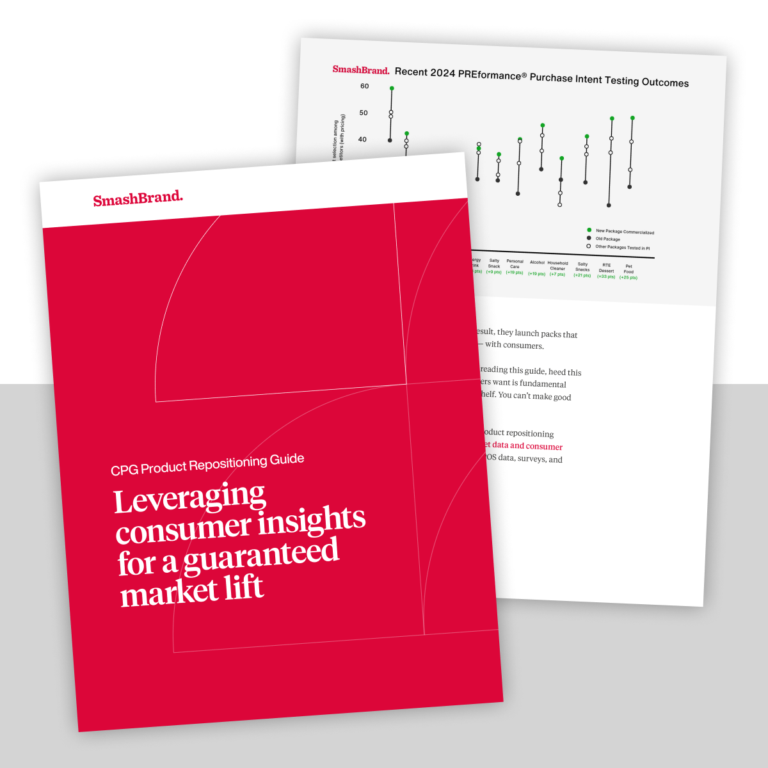There’s an old expression — possibly firstborn from the TV show “The Odd Couple,” but we won’t get all anthropological – that goes: “To ASSUME is to make an ASS of U and ME.”
Clever, huh? And largely true, although some assumptions in life are necessary — we ASSUME that a bullet to the head will lead to death, even if we can’t empirically state with 100 % certainty that it will be the outcome – from a client/contractor point of view, assumptions can lead to dismay.
We want to build the client’s trust, and one of the best ways of doing that, apart from pulling them out from in front of a moving train, is by giving them the impression that you are there to serve them.
So, to create some insurance that the product you deliver the client will meet all of his or her hopes and dreams, here are a few things to keep in mind during that first kick off call.
1. Don’t rely exclusively on written documentation.
We realize that, in the era of remote projects, the days of the friendly local graphic designer are well nigh gone, but text or instant messaging will invariably fail to convey the nature of the client’s wants. A nuanced change in the tenor of one’s voice or a sigh speak volumes, and these little inflections can prevent you from making horrible, costly miscalculations.
Because you will probably not be allowed to meet with your clients face to face, video and phone conferencing will become your best friends. You might not be huge fans of meetings, but some people, unfortunately, are better able to communicate by voice and hand gestures than they are via the written word.
However, at some point, it is good to have the goals of the client delineated in an indelible record that you can reference if a client with psychopathic tendencies tries to issue any denials about what he or she originally stated. Nevertheless, to get the ball rolling on the right foot, if we may mix our metaphors, talk to your client.
2. Don’t be afraid to be a broken record.
We realize that there are only so many times a person can get away with asking someone to repeat themselves without sounding like a moron (twice), but if you are not entirely sure about what your client needs, do what needs to be done to avoid misunderstandings. Nine times out of ten, clients are actually happy to make his or her desires crystal clear.
3. Don’t always behave as if you know better.
You do, of course, but the client’s happiness is paramount. There might be some aesthetic or fundamental choices upon which your client insists may be flawed, but ultimately, it’s their website/logo/package. Even if you feel passionately that the choices your client is making are the wrong ones, you can’t waste your energy composing elaborate dossiers to illustrate your point, nor should you try to sneak your own, better idea into the project and hope that the client approves in the end. Do what you can to steer the client away from obvious errors, but if the client really wants something, give it to them. It’s their money, after all.
Projecting an aura of expertise is your best weapon for warding off unnecessary and unwanted adjustments. If you can delineate the reasons why a client’s choices are poor with a well-composed, clear, emotionless recitation of data, facts and historical examples, you are more likely to persuade than if your arguments are personal taste and emotion-based. Yes, the client should heed your every word; yes, the client should simply nod, smile and hand you a huge check, but most of the time, this won’t happen. We’d love to tell you that there exists some magic wand that makes clients listen to you no matter what, but, sadly, there isn’t.
All you have is your sterling record, your powers of persuasion and your genius, and if that isn’t enough to get the client to yield, do not sacrifice your time and your emotional strength on a pointless fight. Time is money, as they say.
4. Assumption, bad; anticipation, good.
Semantics you say? Well, perhaps, but anticipation differs from assumption in that assumption implies an almost dismissive attitude; an ability to predict someone’s wants and reactions without giving the matter much thought. Anticipation, however, requires a huge amount of previous study. Anticipation can be considered a kind of a series of strategies with multiple options, all of which have been formulated based upon a solid foundation of evidence and consideration. See the difference? An assumption is a shortcut, whereas an anticipation is a proactive gathering of potential solutions. A longcut, if you will.
Data-Driven Brand Development
Want a best-selling brand? SmashBrand is a brand development agency for FMCG and CPG companies. From brand strategy to packaging design testing, our Path To Performance™ process guarantees a retail performance lift. Book a time to discuss your project with our team.
Subscribe to
Nice Package.
A monthly newsletter that unpacks a critical topic in the FMCG & CPG industry.
Free Resource.

CPG product repositioning guide.
Explore the five undeniable signs your CPG product needs repositioning along with strategies for leveraging consumer insights for a guaranteed market lift.
Learn More About CPG product repositioning guide.